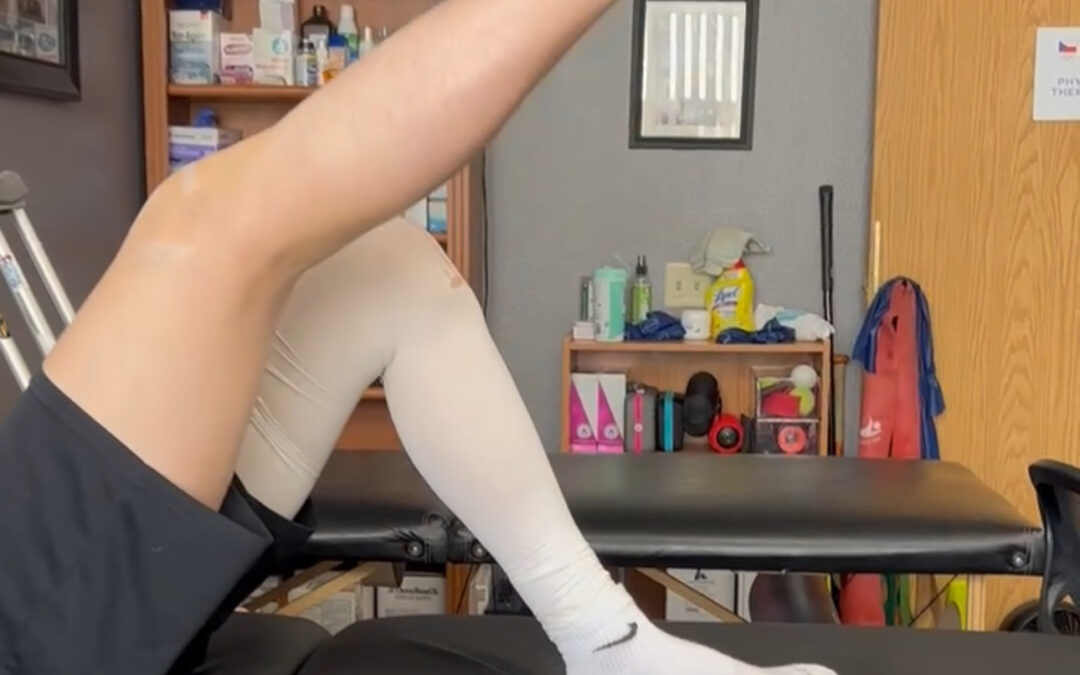If you follow sports at all, you hear about them all the time: ACL tears, a devastating blow to any athlete’s season. We see them go down, we know it’s something in the knee, we hear that they have surgery, and then we hope to see them back out on the field in a year. What many don’t know is what goes into those countless hours of rehab, lifting, and returning to their sport.
This is the start of a multiple-article series to discuss some of the general goals we set for each rehabilitation stage. We will start with the goals immediately after surgery and go to playing in their first game. Let’s start with stage 1 here:
Stage I
- Pain management
ACL reconstruction is a major surgery that includes cutting through tendons and other soft tissue, drilling holes through the bones, and screwing it all back together. It is a traumatic process, and the patient often experiences significant pain in the days immediately following. The first step is always to address this, usually with a combination of pain medication, ice, and rest. Once the patient can begin range of motion (more on that later), pain may persist at lower levels, which can be treated with different modalities, including massage, e-stim, and over-the-counter pain medication.
- Protect
Protecting the graft is a crucial part of the initial stages of rehabilitation. This may look different for each patient, depending on any other structures that may have been involved, the type of graft, the surgeon’s protocol, and several other factors.
Often, this includes a brace that limits the range of motion, crutches, limited weight-bearing, and gradual progression of a range of motion.
- Early and often ROM
Speaking of range of motion, working on regaining flexion and extension early helps the patient to progress more efficiently. When to begin and how quickly to progress will depend on the surgeon’s orders, but typically with an ACL reconstruction, getting the patient to full extension and 90* flexion relatively quickly is optimal.
- Quad strength
The quads are the main antagonist of the ACL, meaning that it works against it when flexed. Because of this, patients often encounter neural inhibition, meaning they have trouble regaining control of their quad. Exercises such as quad sets and straight leg raises are programmed quite early in the process to counteract this.
- Balance/proprioception
Once the patient is allowed to weight bear by their surgeon and has regained enough range of motion, the athlete can begin to regain their balance and proprioception. This may include weight shifts, standing hamstring curls, or simply standing and balancing on one leg.
Interested in the article on Stage 2 ACL rehab goals? CLICK HERE
Interested in the article on Stage 3 ACL rehab goals? CLICK HERE

